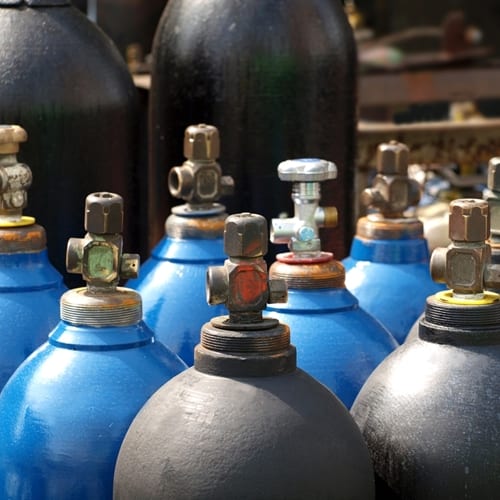As most commercial diving companies know, saturation diving can come with extreme health risks, from decompression sickness to High Pressure Nervous Syndrome. Because they rely on a combination of gasses and emergency systems to keep themselves protected, divers need to verify their life support equipment matches the amount of time they need to spend underwater.
Version 6.1 of the ADCI International Consensus Standards For Commercial Diving And Underwater Operations describes the importance of keeping emergency or "bailout" oxygen ready, with this source allowing the diver enough air to return to the surface. While the minimum emergency air requirement is listed as four minutes, a new rebreathing unit offers extended bailout support far beyond that limit.
This is the Compact Bailout Rebreathing Apparatus, also known as COBRA, from JFD. In a press release published this February, the company touted COBRA's advanced emergency capabilities, as well as its lack of "electronic systems that could potentially compromise its safety."
"COBRA offers as much as 45 minutes of emergency gas."
Compared to the low level of emergency air provided by SCUBA systems, COBRA offers as much as 45 minutes of gas, a possible boon to those who regularly dive hundreds of meters under the ocean surface.
Such improvements can spur on diver safety, but have to exist in coordination with other safety services. JFD certainly seems to think so: In addition to this announcement, JFD's global hyperbaric rescue services director, Brian Redden, explored "self-propelled hyperbaric lifeboat" issues at last year's Bergen International Diving Seminar. There, he identified the need for international cooperation to make rescue efforts more possible. His presentation noted the variety of different approaches to rescue systems that exist.
Even when there are clear marine industry standards to follow, individual contractors may have their own unique systems in place. Adding custom insurance from an experienced provider may leave companies feeling more assured, because their specific needs are addressed.

